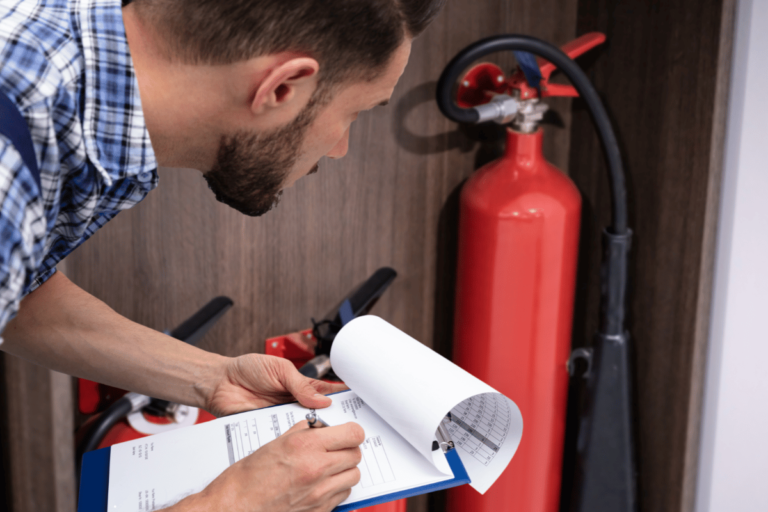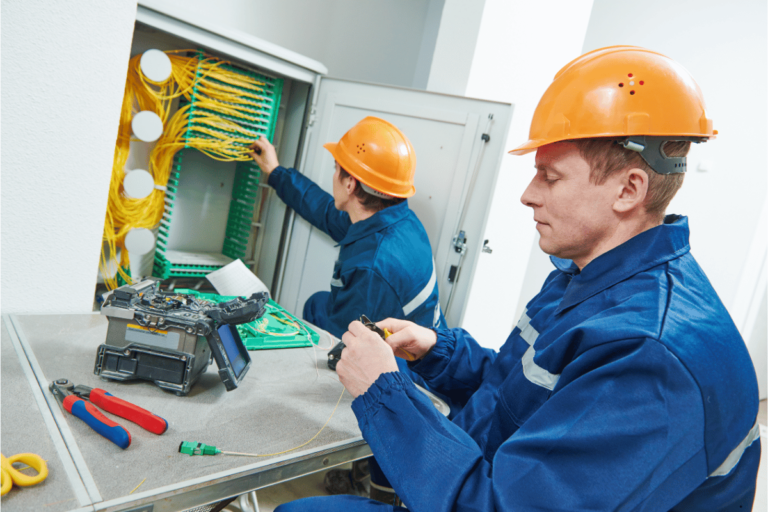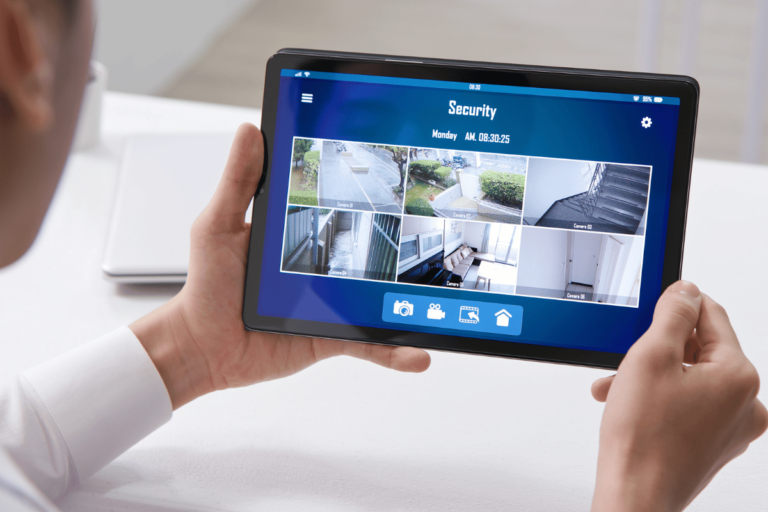Childproofing Your Home: A Comprehensive Guide to Safety Measures
Introduction to Childproofing
Why Childproofing Matters
Keeping your home safe for your kids is a no-brainer. As they grow and start exploring, they’re bound to bump into things that could hurt them. By taking some simple steps, you can make your home a safer place and avoid those heart-stopping moments. Plus, it gives you peace of mind knowing your little ones are protected.
Accidents happen fast, and everyday items can be surprisingly dangerous. Think sharp corners, cleaning supplies, or electrical outlets. Knowing these risks is the first step to making your home safer. Check out these eye-opening stats on home accidents involving kids:
| Hazard Type | Percentage of Accidents |
|---|---|
| Falls | 35% |
| Poisoning | 20% |
| Cuts and Scrapes | 15% |
| Burns | 10% |
| Choking | 10% |
These numbers show why it’s so important to childproof your home.
Hotspots in Your Home
Knowing where to focus your childproofing efforts can make a big difference. Here are some key areas to watch out for:
| Area | Common Hazards |
|---|---|
| Kitchen | Sharp knives, hot stoves, cleaning products |
| Bathroom | Slippery floors, meds, cleaning supplies |
| Living Room | Sharp furniture edges, small objects, cords |
| Bedroom | Choking hazards, unstable furniture |
| Outdoor Areas | Pools, sharp tools, garden chemicals |
By zeroing in on these spots, you can take specific steps to keep your kids safe. For a more detailed guide, check out our home safety checklist for extra tips on securing your home.
With a bit of effort and a lot of love, you can turn your home into a safe playground where your kids can roam freely without you having to worry every second.
Childproofing Essentials
Keeping your kiddos safe at home is a big deal. Here’s a quick guide to help you childproof your space without losing your mind.
Securing Furniture and Appliances
Kids are curious little climbers, so securing heavy furniture and appliances is a must. Use anchors to attach tall furniture like bookshelves or dressers to the wall. Make sure all appliances are stored safely and out of reach.
| Furniture/Appliance Type | Safety Measure |
|---|---|
| Bookshelves | Anchor to wall |
| Dressers | Anti-tip brackets |
| TVs | Furniture straps or brackets |
| Large Appliances | Child locks or keep out of reach |
Electrical Safety Measures
Electricity and kids don’t mix. Here’s how to keep those tiny fingers safe from electrical hazards.
- Outlet Covers: Pop these on to stop kids from sticking things in outlets.
- Cord Management: Keep cords out of reach and use organizers to avoid tripping.
- Safety Plugs: Block unused outlets with safety plugs.
| Electrical Safety Measure | Description |
|---|---|
| Outlet Covers | Blocks access to outlets |
| Cord Organizers | Keeps cords tidy and out of reach |
| Safety Plugs | Covers unused outlets |
Want more tips? Check out our electrical safety tips.
Safe Storage of Hazardous Items
Kids get into everything, so stash hazardous items where they can’t reach.
- Cleaning Supplies: Lock these up in cabinets.
- Medications: Store meds in high cabinets or use childproof locks.
- Sharp Objects: Keep knives and scissors out of reach.
| Hazardous Item Type | Storage Method |
|---|---|
| Cleaning Supplies | Locked cabinets |
| Medications | High shelves or locked storage |
| Sharp Objects | Out of reach or locked drawer |
For more ways to keep your home safe, check out our home safety checklist. By following these tips, you can make your home a safer place for your little ones.
Childproofing Tips for Every Room
Keeping your home safe for your little ones means taking extra steps in each room. Here’s how to make your kitchen, bathroom, and bedroom safer for your kids.
Kitchen Safety
The kitchen is full of potential hazards. Here’s how to keep it safe:
| Safety Measure | What to Do |
|---|---|
| Cabinet Locks | Lock up cabinets with sharp tools, cleaning supplies, or anything dangerous. |
| Stove Safety | Use stove knob covers to stop kids from turning on burners. Stick to using the back burners. |
| Appliance Safety | Unplug appliances like blenders and toasters when not in use. Store them out of reach. |
| Countertop Safety | Keep knives and hot liquids away from the edge of counters where kids can grab them. |
For more tips on securing your home, check out our home safety checklist.
Bathroom Safety
Bathrooms can be slippery and full of hazards. Try these safety measures:
| Safety Measure | What to Do |
|---|---|
| Non-Slip Mats | Put non-slip mats in and around the tub or shower to prevent falls. |
| Toilet Locks | Use toilet locks to keep curious hands out. |
| Medicine Cabinets | Lock medicine cabinets to keep medications and toiletries out of reach. |
| Water Temperature | Set your water heater below 120°F to avoid scalding. |
For more safety tips, see our article on electrical safety tips.
Bedroom and Nursery Safety
A safe sleeping space is crucial for your child’s well-being. Here’s what to do:
| Safety Measure | What to Do |
|---|---|
| Crib Safety | Make sure the crib meets safety standards, with a firm mattress and no loose bedding or toys. |
| Furniture Anchors | Secure heavy furniture like dressers and bookshelves to the wall to prevent tipping. |
| Cord Management | Keep cords from blinds and curtains out of reach to avoid strangulation hazards. |
| Nightlight Use | Use nightlights to help navigate in the dark without encouraging climbing on furniture. |
To further secure your home, explore our guide on home security systems.
By following these tips, you can make your home safer for your kids. Regularly check for potential hazards and update your safety measures as your child grows.
Keeping Kids Safe Outdoors and in the Car
Your child’s safety doesn’t stop at your front door. The backyard and car rides need just as much attention. Here’s how to keep your little ones safe in these areas.
Backyard Safety Tips
The backyard can be a blast, but it’s got its hazards. Here’s how to keep it fun and safe:
| Safety Measure | What to Do |
|---|---|
| Fencing | Put up a sturdy fence to keep kids from wandering off. Lock the gates. |
| Playground Gear | Check swings, slides, and climbing stuff often. Make sure they’re stable. Use mulch or rubber mats underneath. |
| Pools | Got a pool? Fence it off with self-closing gates. Never leave kids alone near water. |
| Gardening Tools | Lock up tools and chemicals in a shed. Keep them out of reach. |
Car Safety for Kids
Car rides need some prep to keep kids safe. Follow these steps:
| Safety Measure | What to Do |
|---|---|
| Car Seats | Use the right car seat or booster for your child’s age. Install it correctly. |
| Seat Belts | Teach kids to always buckle up, even for short trips. Double-check they’re strapped in before you drive. |
| Lock Doors | Keep car doors locked while driving. Use child safety locks to prevent accidental openings. |
Travel Safety Tips
Traveling with kids? Plan ahead to keep them safe:
| Safety Measure | What to Do |
|---|---|
| Identification | Give your child an ID wristband or card with your contact info. |
| Emergency Plan | Talk about what to do if you get separated. Make sure they know the plan. |
| Snacks and Breaks | Pack snacks and drinks for long trips. Take breaks so kids can stretch and use the restroom. |
Following these tips helps make your home and travels safer for your kids. For more safety advice, check out our home safety checklist and home safety tips. Don’t forget to look at our electrical safety tips to round out your safety plan.






